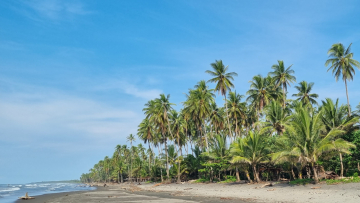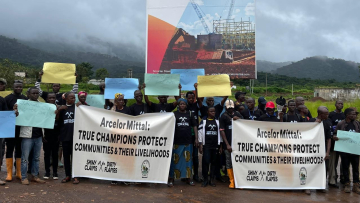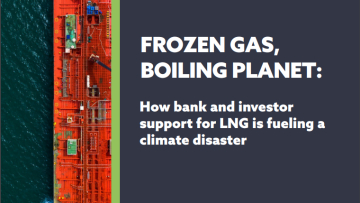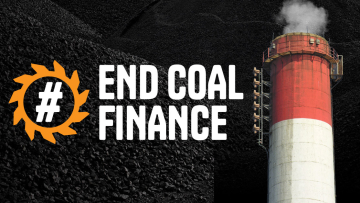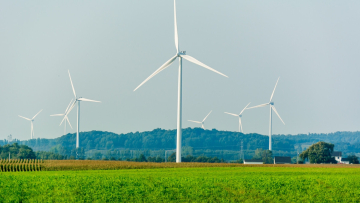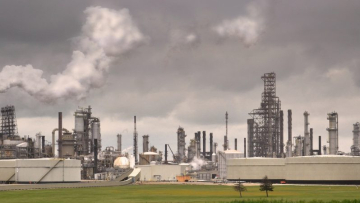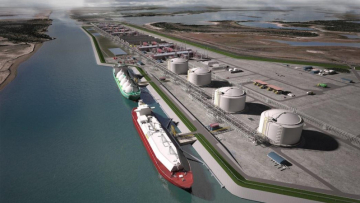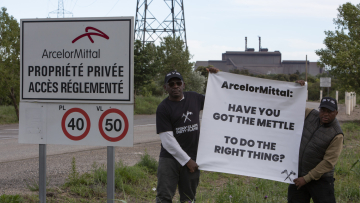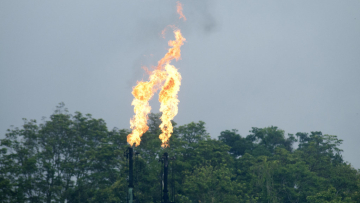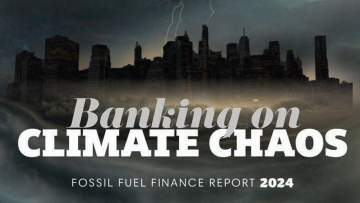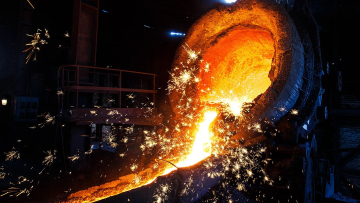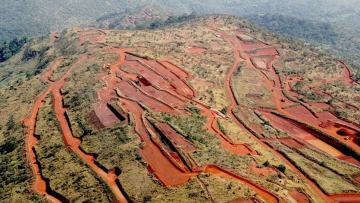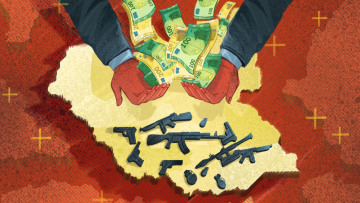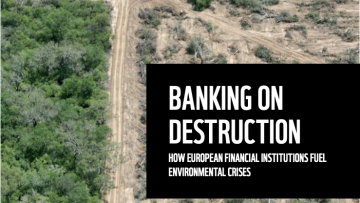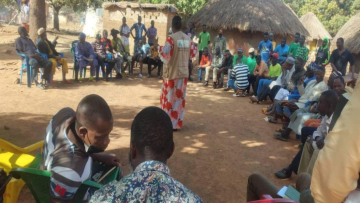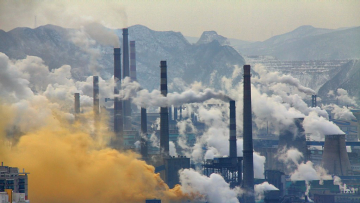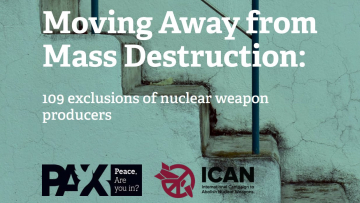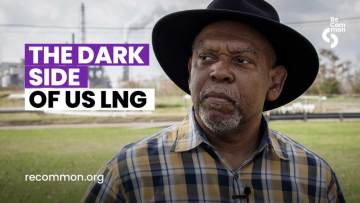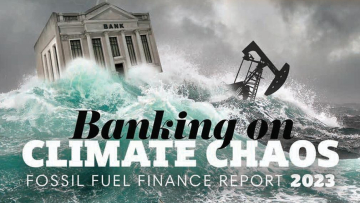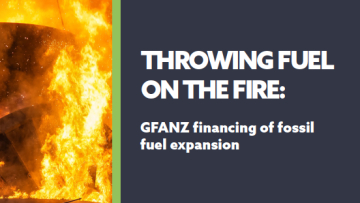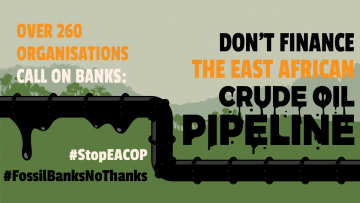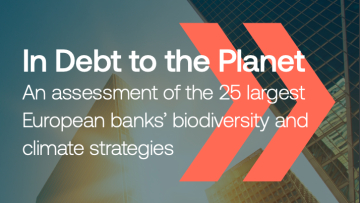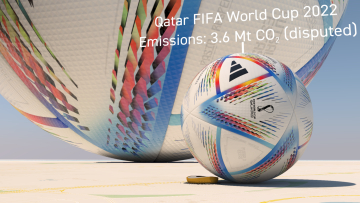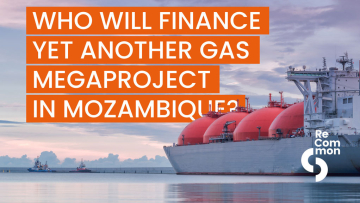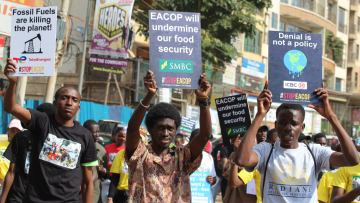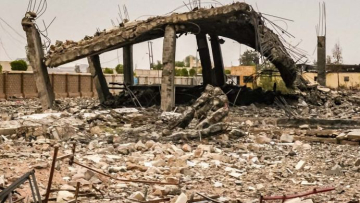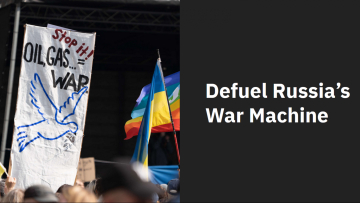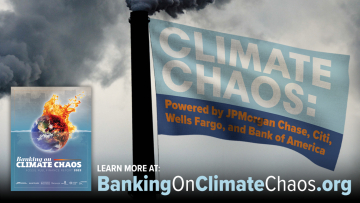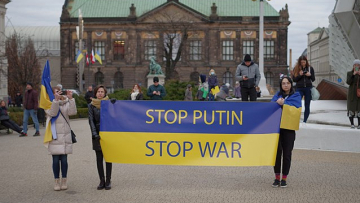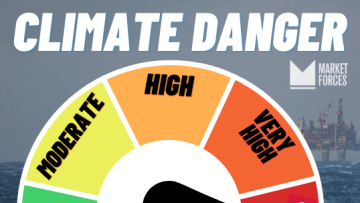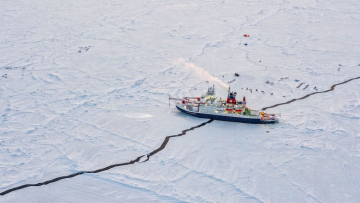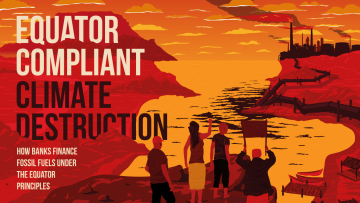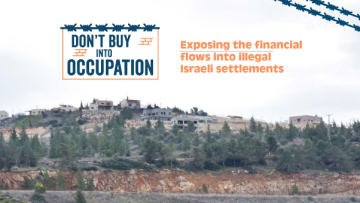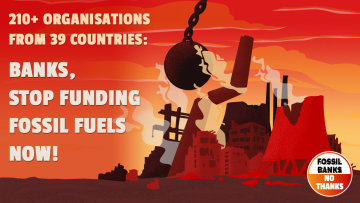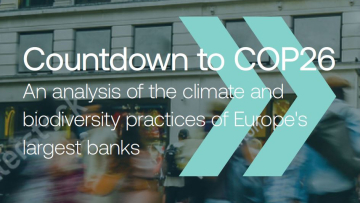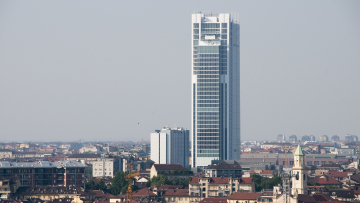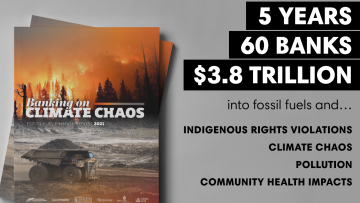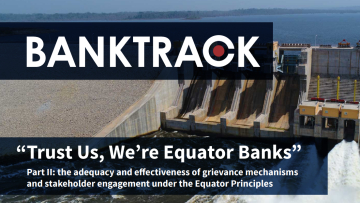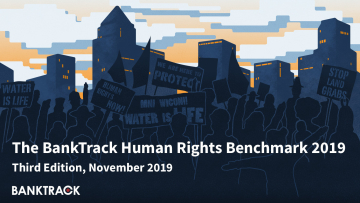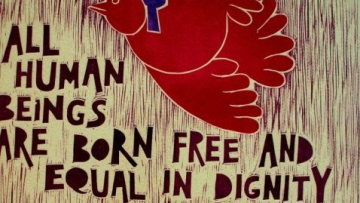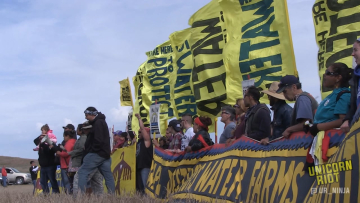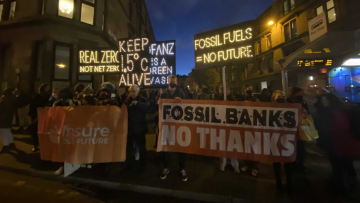
Active
This profile is actively maintained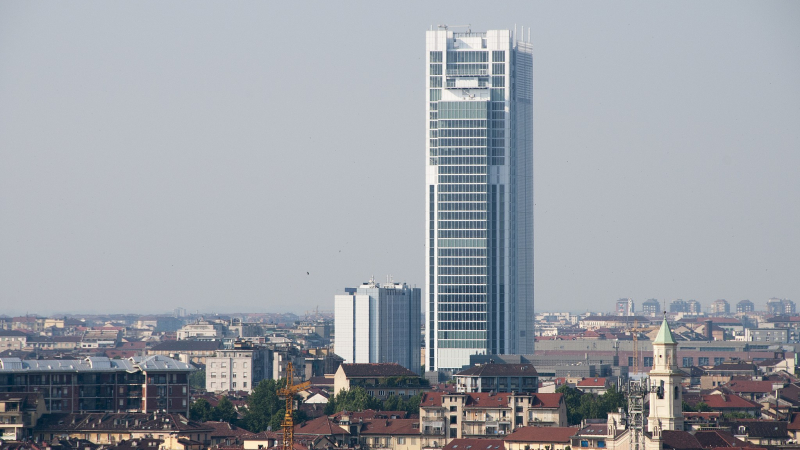
Active
This profile is actively maintained| Website | https://www.group.intesasanpaolo.com |
| Headquarters |
Piazza San Carlo, 156
10121 Torino
Italy
|
| CEO/chair |
Carlo Messina CEO & Managing Director |
| Supervisor | |
| Ownership |
listed on Borsa Italiana
Intesa Sanpaolo's shareholder structure can be accessed here. |
Intesa Sanpaolo is an Italian banking group resulting from the merger in 2007 between Banca Intesa and Sanpaolo IMI. It has an international presence focused on Central-Eastern Europe and the Mediterranean Basin. The group operates through seven business units: Banca dei Territori division, Corporate and Investment Banking division, International Subsidiary Banks division, Private Banking division, Asset Management division, Insurance division, and Capital Light Bank.
Intesa Sanpaolo's 's most important sustainability commitments can be found at the website sections listed below.
Intesa Sanpaolo is linked to a number of companies and projects that BankTrack considers controversial (so called Dodgy Deals), e.g. as a current or past financier or through an expression of interest. The profiles below provide more details on the nature of Intesa Sanpaolo's link to these deals.
The dark side of US LNG
The Dark Side of US LNG is the result of a field mission to the United States to uncover the strong and growing ties between Italy, and in particular Italy's largest banking group, Intesa Sanpaolo, and the American liquefied natural gas (LNG) sector. Interviews by ReCommon. Filming, editing and music: Carlo Dojmi di Delupis. www.recommon.org
Individuals and communities who may be adversely affected by Intesa Sanpaolo’s finance can raise a complaint to the bank at its Code of Ethics mailbox, codice.etico@intesasanpaolo.
Stakeholders may also raise complaints via the OECD National Contact Points (see OECD Watch guidance).
Intesa Sanpaolo is an Equator Principles signatory. While the Equator Principles have no official grievance mechanism, complaints relating to this bank's financing of Equator Principles projects can be filed through our own website www.equator-complaints.org.
This page evaluates Intesa Sanpaolo's responses to instances of alleged human rights violations linked to its finance, raised by civil society organisations. It is not intended to be exhaustive, but covers selected impacts raised by BankTrack and other civil society partners since 2016. For the full scoring methodology, see here. For more information about BankTrack's evaluation of bank responses to human rights impacts, see the 2021 report "Actions speak louder: assessing bank responses to human rights violations".
The bank publicly responded acknowledging it link to the impact, but did not comment on or respond to the substance of the issues raised.
Following the bank's response: The score remains unchanged.
No information available on whether the bank engaged with its client or took appropriate action.
Following the bank's response: The score remains unchanged.
No information available on whether the bank monitored progress.
Following the bank's response: The score remains unchanged.
Banks and Climate
The 2024 Banking on Climate Chaos report showed that Intesa Sanpaolo provided US$ 47.281 Billion in financing to the fossil fuel industry between 2016 and 2023. In 2023 only, Intesa Sanpaolo provided US$ 4.168 Billion for oil, gas and coal companies expanding fossil fuels. Find further details on Intesa Sanpaolo fossil fuel portfolio and how it compares to other large banks globally on Fossil Banks No Thanks and in the Banking on Climate Chaos report.
Partner organisation Reclaim Finance tracks the coal, oil and gas policies of financial institutions, including banks, in their Coal Policy Tool (CPT) and the Oil and Gas Policy Tracker (OGPT). BankTrack works closely with Reclaim Finance and endorses their policy assessments. Find further details on their assessment of Intesa Sanpaolo’s fossil fuel policy below.
False Solutions Tracker
The purpose of the False Solutions Tracker is to give a clear overview of energy technologies that fall under banks' individual sustainable finance commitments. The tracker lists 11 energy technologies that are usually associated with the energy transition and the decarbonisation of the economy. These technologies are defined here and classified in three categories:
-
Real solutions: Technologies that deliver on a Just Transition towards Energy Democracy. BankTrack considers these technologies as real solutions only if and when they do deliver Energy Democracy.
-
Solutions under strict conditions: Energy technologies that could be real solutions if they deliver on a Just Transition towards Energy Democracy but that could also be false solutions. This is the case of hydrogen and hydropower. On one hand, fossil-free and green hydrogen could be a real solution under certain conditions. However, fossil-based hydrogen and nuclear hydrogen are always false solutions. On the other hand, hydropower lifespan extension could also be a real solution under strict conditions while hydropower expansion is a false solution.
-
False solutions: Energy technologies that are not aligned with a just transition towards Energy Democracy.
For each one of the 11 energy technologies, the tracker indicates if it is included in bank's individual sustainable finance commitments:
For Real solutions:
- : Yes, the bank includes its finance towards this energy technology in its sustainable finance reporting.
- : Yes, the bank includes its finance towards this energy technology in its sustainable finance reporting, but under certain conditions. In this case, those conditions are mentioned in the "relevant policy document" section for each bank.
- : No, the bank does not include its finance towards this energy technology in its sustainable finance reporting.
- : It is unclear whether the bank includes or not its finance towards this energy technology in its sustainable finance reporting.
For solutions under strict conditions and for false solutions:
- : Yes, the bank includes its finance towards this energy technology in its sustainable finance reporting.
- : Yes, the bank includes its finance towards this energy technology in its sustainable finance reporting, but under certain conditions. In this case, those conditions are mentioned in the "relevant policy document" section for each bank.
- : No, the bank does not include its finance towards this energy technology in its sustainable finance reporting.
- : It is unclear whether the bank includes or not its finance towards this energy technology in its sustainable finance reporting.
Banks and Human Rights
BankTrack assessed Intesa Sanpaolo in its 2024 Global Human Rights Benchmark, where it achieved 6 points out of 15 and was ranked as a “follower”.
The bank scored 0 out of 3 points on the new “specific rights indicators”, which assess how banks address human rights defenders, Indigenous Peoples’ right to Free, Prior and Informed Consent and environmental rights in their policies and practices.
In addition, Intesa Sanpaolo scored 0.17 out of 3 on how it responds to alleged human rights violations linked to its finance, which were raised by civil society organisations. More information is detailed in the “Accountability” section of this profile.
The table below shows BankTrack's assessment of how Intesa Sanpaolo has implemented the UN Guiding Principles on Business and Human Rights. Please click on 'expand all details' and 'explanation' for further information on the methodology.
Our policy assessments are always a work in progress. We very much welcome any feedback, especially from banks included in the assessments. Please get in touch at humanrights@banktrack.org.
Global Human Rights Benchmark 2022
Global Human Rights Benchmark 2024
Tracking the Net Zero Banking Alliance
Intesa Sanpaolo is a member of the Net Zero Banking Alliance (NZBA) and has therefore committed to reduce its financed emissions to net zero by 2050; within 18 months of joining the alliance set interim targets for 2030 (or sooner) for high emission priority sectors, and within 36 months set further sector targets; set new intermediary targets every 5 years from 2030 onwards; annually publish data on emissions and progress against a transition strategy including climate-related sectoral policies; and take a robust approach to the role of offsets in transition plans. BankTrack track's implementation of these commitments in the NZBA compliance tracker.
Banks and Russian Aggression in Ukraine
BankTrack is keeping track of the public response of Intesa Sanpaolo to Russia's illegal invasion of Ukraine. Intesa Sanpaolo's position on the war is unclear. Intesa Sanpaolo is considered by Leave-Russia.org to be "buying time" with its operations in Russia. We categorise its exposure to Russia as moderate, with over $2.6bn of financial assets. Intesa Sanpaolo supports the Russian fossil fuel industry through investments, loans, and underwriting. For further details, see the table linked below.
Banks and Steel
Partner organisation Reclaim Finance’s 2023 report on metallurgical coal financing showed that Intesa Sanpaolo provided US$ 1.3 billion in loans and underwriting to developers of new metallurgical coal between 2016 and 2022. Find further details on Intesa Sanpaolo’s metallurgical coal financing and and how it compares to other large banks globally in the report.
Reclaim Finance tracks the metallurgical coal policies of financial institutions, including banks, in their Coal Policy Tool. BankTrack works closely with Reclaim Finance and endorses their policy assessments. Find further details on their assessment of Intesa Sanpaolo’s metallurgical coal policy below.
According to a report by Reclaim Finance, between 2016 and June 2023, Intesa Sanpaolo provided $2.7 billion in finance to the fossil-steel industry, making it the 48th largest financier worldwide. Find further details on Intesa Sanpaolo's steel financing and how it compares to other large banks globally in the report.

